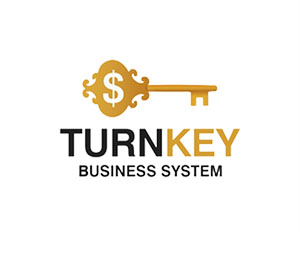Payment Gateway: Forex Payment Security – How Brokers Protect Your Transactions

Payment Gateway: Forex Payment Security – How Brokers Protect Your Transactions
Integration with certified payment gateways (PCI DSS, 3D Secure, Tokenization) improves companies' search rankings and creates a positive user experience, which directly impacts conversion and customer retention.
Why Payment Security is Key to Trust in Forex
Financial transactions are the foundation of any Forex broker's operations. However, with the growth of online trading and transfer volumes, the risk of cyberattacks also increases.
Data loss, phishing, and fraudulent schemes can all undermine a company's reputation and traders' trust. Therefore, payment gateways have become a central element of the market's financial infrastructure.
Financial transactions are the foundation of any Forex broker's operations. However, with the growth of online trading and transfer volumes, the risk of cyberattacks also increases.
Data loss, phishing, and fraudulent schemes can all undermine a company's reputation and traders' trust. Therefore, payment gateways have become a central element of the market's financial infrastructure.

Payment Gateway: Forex Payment Security – How Brokers Protect Your Transactions
What is a Payment Gateway in the Forex context?
Payment Gateway is a hardware and software solution that ensures secure data transfer between traders, brokers, and banks. It acts as an intermediary that:Encrypts payment information using SSL/TLS ;
Checks the legitimacy of a card or wallet;
Supports multi-level authorization (3D Secure 2.0) ;
Prevents fraudulent transactions using anti-fraud systems.
In practice, a gateway connects a trading platform (such as MetaTrader or cTrader) with a payment system—be it Visa, MasterCard, Skrill, Binance Pay, or a crypto wallet.
How brokers ensure transaction security
Brokers and payment providers use a range of security technologies and procedures:1. Encryption and tokenization
Each transaction is processed using the AES-256 and RSA 2048 protocols, and instead of card details, a token is transmitted—a unique encryption key that prevents access to the original data.
2. Multi-factor authentication
The client confirms the transaction via SMS, biometrics, or the banking app. This reduces the risk of unauthorized payments.
3. PCI DSS Compliance
Brokers working with Visa and MasterCard are required to comply with the Payment Card Industry Data Security Standard (PCI DSS) , which regulates the storage and transmission of card data.
4. Regular audits and SOC tests
Technology providers (e.g. Payoneer, Trust Payments, Nuvei) are SOC 2 Type II certified and undergo annual audits by independent auditors.
Regulatory framework and customer trust
Regulators such as the FCA (UK), CySEC (Cyprus), and ASIC (Australia) require brokers to be transparent and protect client funds.This means:
Segregated accounts;
Refunds to the original deposit source only;
Monitoring suspicious transactions (AML/KYC).
Payment Security Trends
AI transaction analysis: Machine learning algorithms identify suspicious patterns in milliseconds.Blockchain verification: Verifying transactions via blockchain reduces the risk of data tampering.
Decentralized KYC: digital identities are stored with users, not brokers.
Biometric PayTech: Fingerprints and facial recognition replace traditional passwords.
Payment security is the foundation of trust between traders and brokers. A modern payment gateway is evolving from a technical module into a strategic asset that determines a company's reputation and competitiveness.
By Claire Whitmore
November 07, 2025
Join us. Our Telegram: @forexturnkey
All to the point, no ads. A channel that doesn't tire you out, but pumps you up.
November 07, 2025
Join us. Our Telegram: @forexturnkey
All to the point, no ads. A channel that doesn't tire you out, but pumps you up.









Report
My comments